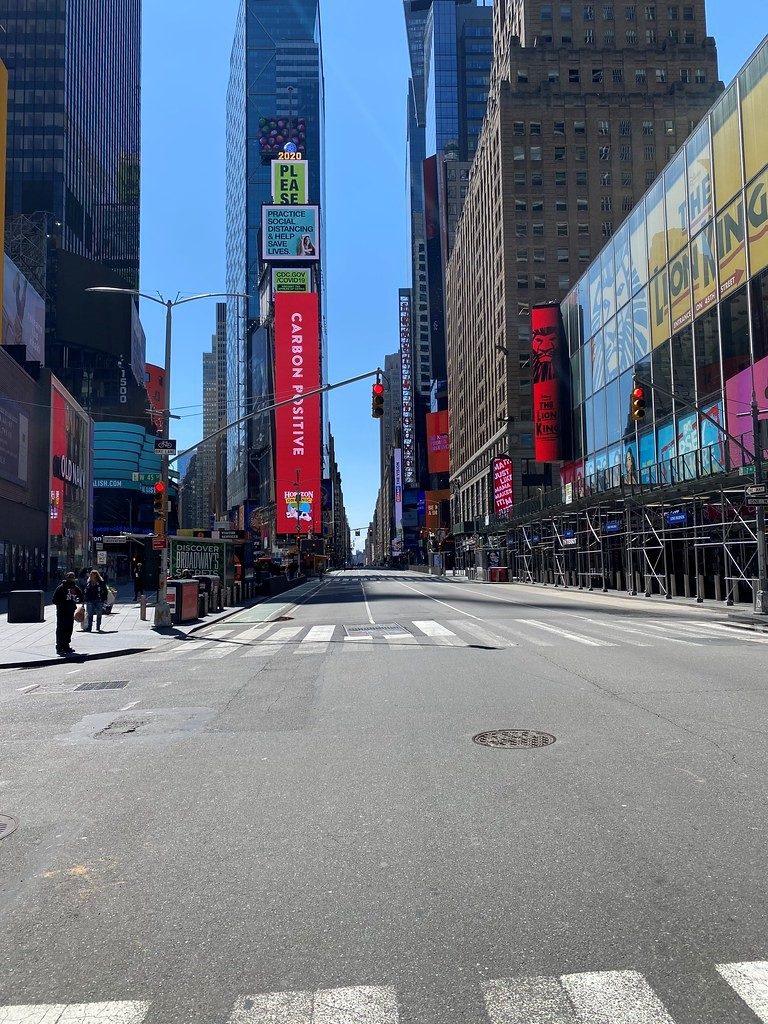
In the Eye of the Storm: New York Battles Coronavirus
[dropcap]T[/dropcap]he days of invasions and colonization may be over but the world is now facing a mass threat from an invisible invader – the infamous coronavirus which has caused so much grief and pain in countries around the globe. Just a few months back, this insidious virus had been a blip on the horizon, a tragedy that was unfolding in far-off Wuhan in China. Like a thundering army, the Novel coronavirus which causes the deadly COVID-19 disease has spread across the world, leaving no country untouched.
America has been the epicenter of this pandemic with more loss of life and economic mayhem than anywhere else. According to Live Science, at least 22,009 of those COVID-19 deaths occurred in New York, 5,938 in New Jersey, 3,274 in Michigan, 2,730 in Massachusetts, 1,875 in Illinois and 1,698 related deaths reported in California. Worldwide, about 2.92 million cases have been reported and 203,545 related deaths, according to the Johns Hopkins virus dashboard.
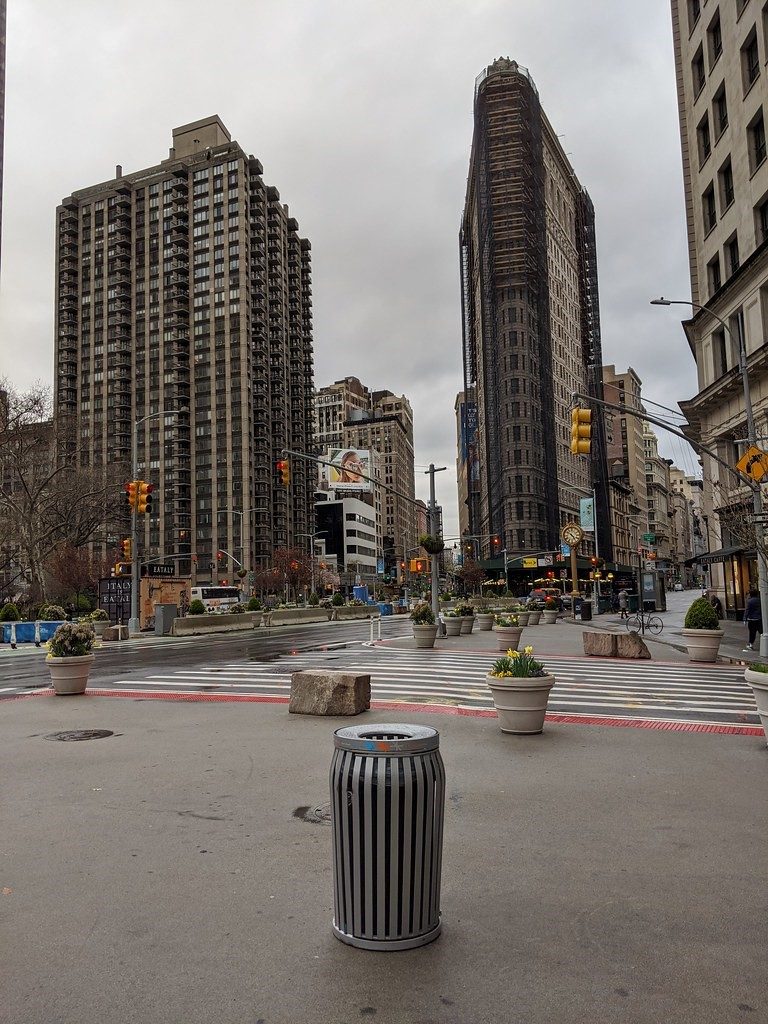
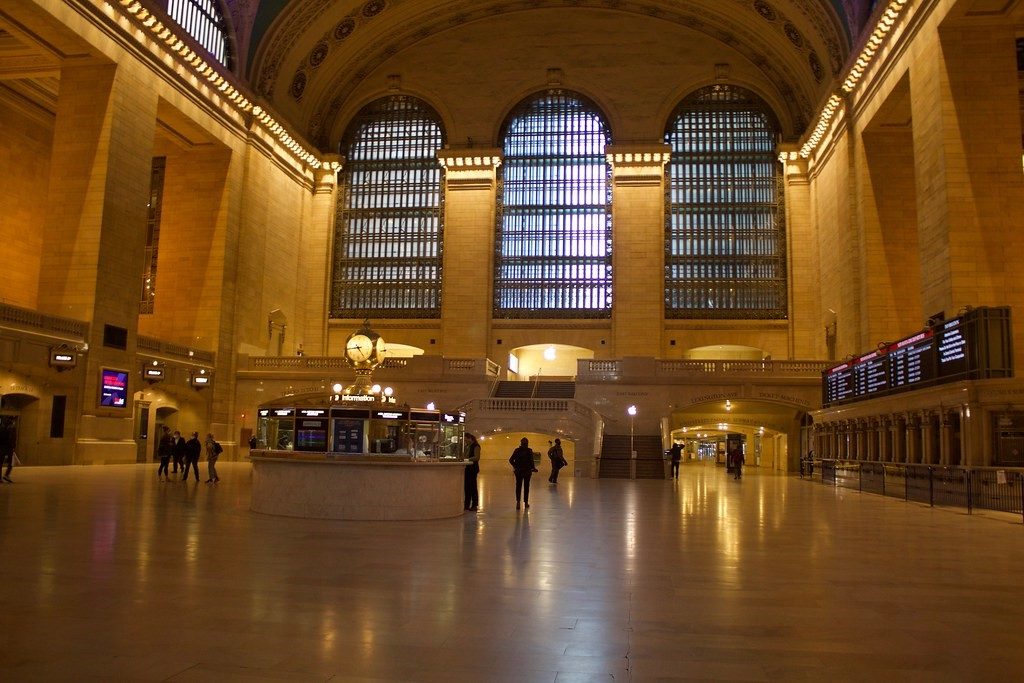
[dropcap]W[/dropcap]ith 941,628 cases and 54,024 deaths the US has been hard-hit, with New York as the epicenter of the pandemic. At the height of the curve, the city reached a sad distinction – of over 799 deaths in a single day. This once glittering ‘center of the universe’ is now a barren city with empty streets, shuttered stores and restaurants, with the silence broken only by the all-too-often wail of the ambulance siren. Hospitals have become war zones with some of the most overwhelmed ones short of supplies and staff, with triage tents set up in the front and with trucks at the back to carry out the dead. The city has indeed seen some very bad days.
The days have melted and merged into one another as Americans remain locked in daily darshan of their television sets – listening to the conflicting and worrisome news coming out of the Trump White House and wondering what’s next. Dr. Anthony Fauci, Director of NIAID, has been the voice of calm and reason as Americans embrace social distancing and masks and adopt a new normal for quarantined school and work.
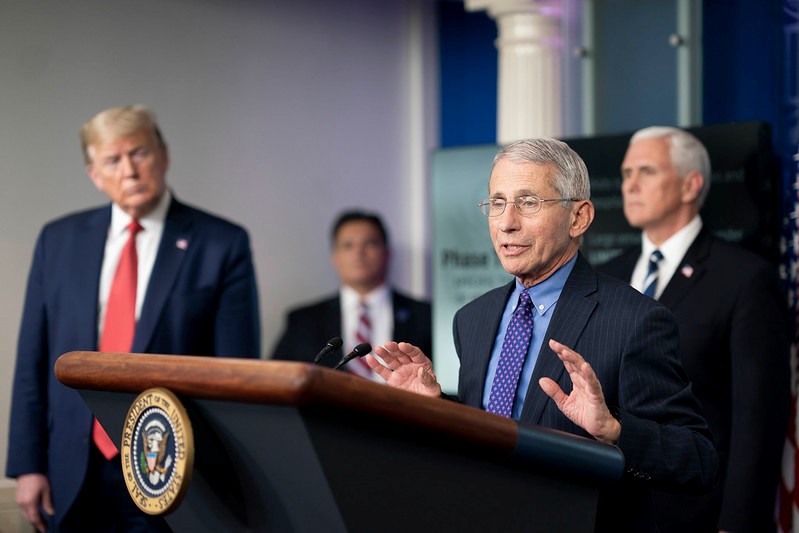
[dropcap]I[/dropcap]ndian-Americans are an important part of the tri-state area – New York, New Jersey and Connecticut – and you find them in the category of those who have lost their lives to COVID-19 or are suffering from the disease. The death of internationally noted and well-loved Chef Floyd Cardoz due to COVID-19 was one of the first pieces of sad news, and there are many in the community who have lost family members or are battling the disease.
You find Indian-Americans in large numbers also in the healer category as there are so many physicians, nurses and health-care workers who are of Indian origin; and you find many unknown essential workers as well as blue-collar workers who had been employed in restaurants, grocery stores and in small businesses.
Indian Americans are some of the faces in this battle against coronavirus: Seema Verma, administrator at the Center for Medicare and Medicaid Services is a member of President Trump’s coronavirus task force. Other Indian-American names are Former U.S. Surgeon General Vivek Murthy, Dr. Kavita Patel, Nonresident Fellow at the Brookings Institution, and Dr. Ashish Jha of the Harvard Global Health Institute. They are often seen on television, with insights about the crisis.
Dr. Rahul Sharma, professor and chairman of the Department of Emergency Medicine at Weill Cornell Medicine, Dr. Nirav Shah, director, Maine Centers for Disease Control and Dr. Monica Bharel, Commissioner, Massachusetts Department of Public Health are all on the frontline.
[dropcap]N[/dropcap]ew York’s hospitals are hotspots right now as doctors try to save as many people as possible with the constraints of space, PPE and ventilators. One of the fierce battlegrounds is Mount Sinai Hospital which has several branches in Manhattan and Queens, and has dealt with hundreds of coronavirus cases. The doctors in the trenches there are Dr Umesh Gidwani, Chief of Cardiac Critical Care and Dr. Roopa Kohli-Seth, the Director of Critical Care at Mount Sinai, who leads all the ICUs.
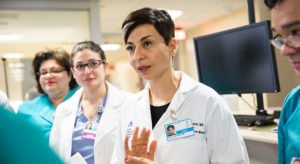
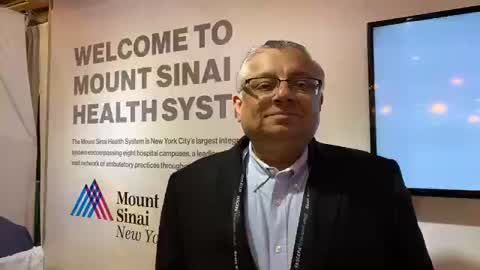
[dropcap]A[/dropcap]s Gidwani describes the volatile situation with Coronavirus, “There is usually a variety of intensity within any intensive care unit but here everyone is equally super sick – so there is no variation, no downtime, there is no easy patient.” Kohli-Seth adds that the Institute for Critical Care Medicine (ICCM) had the infrastructure in place to be able to utilize all 7 ICUS and 45 physicians to solely treat coronavirus patients.
Just a week ago when COVID-19 was at the apex of the curve, there was a nightmarish lack of hospital beds, ventilators and PPE, and cities and states were hustling to get their act together. In New York, tourist spots such as Central Park and business arenas such as the Jacob Javits Center were turned into hospitals to solve the shortage, and the Federal Government also sent in the USN Comfort, a navy ship, to serve as a mobile hospital.
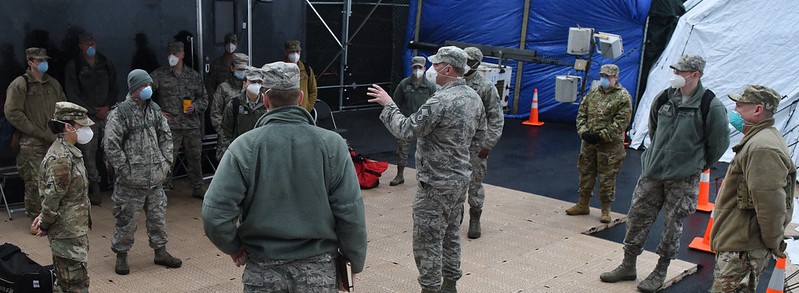
[dropcap]T[/dropcap]he delay in testing, the lack of equipment and adequate staff has been the bane of many hospitals, especially Elmhurst Community Hospital in Queens which serves many minorities but this lack has impacted hospitals in neighboring states too.
“Our government failed us — it has repeatedly misinformed the public, it dawdled instead of manufacturing enough tests, it has persistently failed to procure PPE for essential workers,” says Dr. Sejal Hathi, who is the resident physician in the intensive care unit at Massachusetts General Hospital in Boston. “Doctors and nurses the country over are the worse prepared for it. But community by community, one by one we are picking up the pieces and working together to confront the challenge ourselves.”
One Indian-American doctor who is making virtual house calls during this difficult time is Dr. Sanjay Gupta, surgeon and journalist who conducts Coronavirus Town Halls on CNN with Anderson Cooper, helping the house-bound populations to keep informed and calm. Every evening he comes into the living rooms and via television offers reassurance and facts.
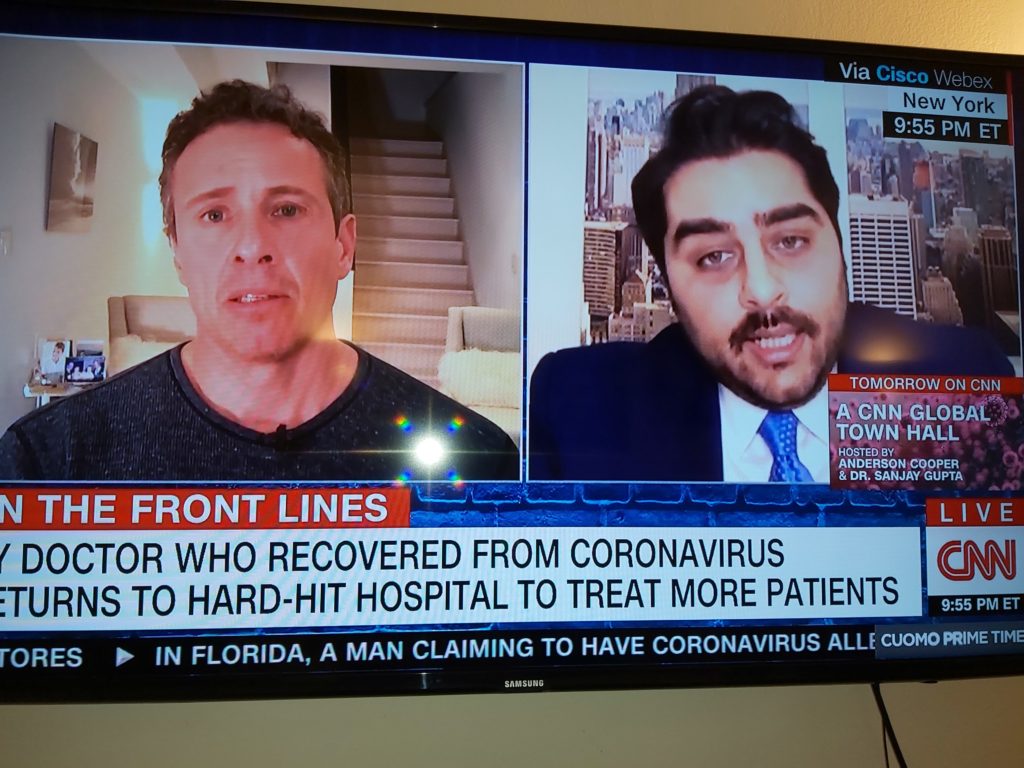
[dropcap]H[/dropcap]ealthcare workers are certainly proving to be the heroes of the hour. Dr. Omar Manya who is an emergency room doctor at Elmhurst General Hospital, actually got COVID-19 on the frontlines but returned back to the battlefield to serve once he recovered. He said: “There’s just so much need out there, and there’s such a shortage of supplies and people in the workforce that we’re excited to get back on the frontlines.”
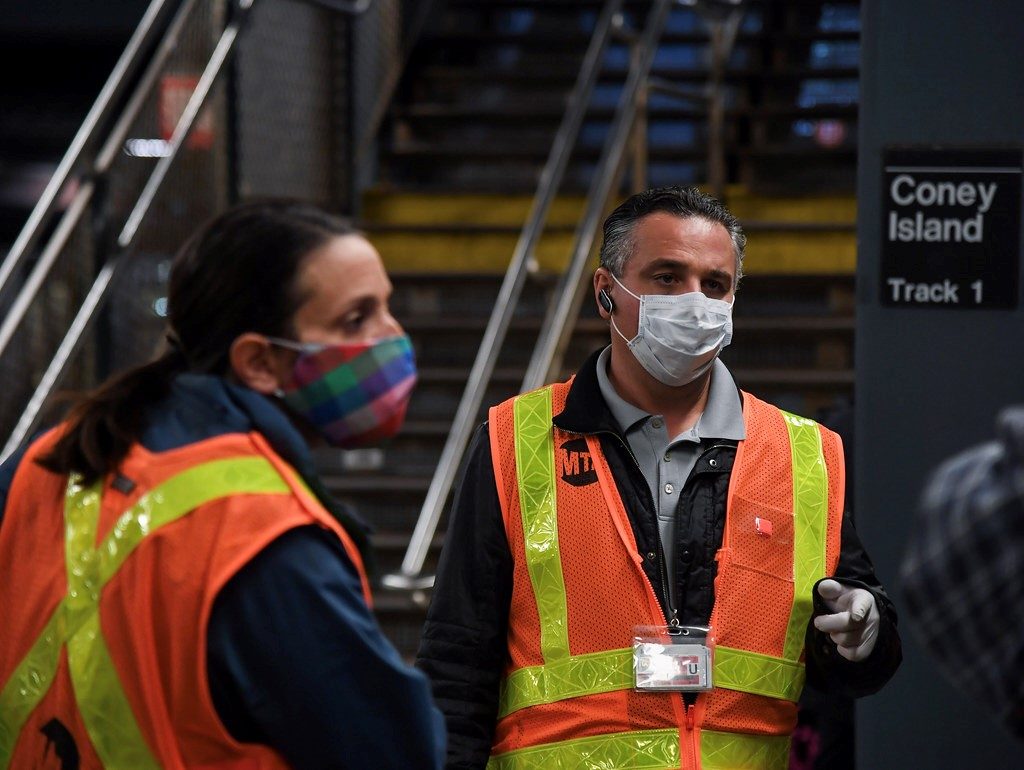
[dropcap]I[/dropcap]ndeed, not only physicians and nurses but also essential workers driving buses and handling groceries have often been infected with COVID-19 and some have lost their lives. It is to thank them that the New York landmark, The Empire State building, is suffused with red lights in honor of the emergency care workers; six BAPS temples from Atlanta to New Jersey are all lit up in blue to honor the healthcare workers and responders, and the organization has donated over thousands of N95 respiratory masks to hospitals. Sikh gurudwaras and NGOs have been donating meals to the health workers as well as to people who have lost their jobs.
Suddenly the forgotten, little known essential workers have become the heroes, without whom life would come to a standstill. Restaurants, themselves shell-shocked and shut down, are paying tribute to the selfless first responders by providing meals to hospitals
[dropcap]N[/dropcap]ew Yorkers are recognizing their dedication and every evening at 7 pm they gather at their windows and doors to clap and sound a grateful thank you through trumpets and bells and whatever they have on hand. It is spontaneous, with the honking of car horns and applause from tall skyscrapers – a moment of goodness, joy and gratitude in this sad city.
For most people, life under the reign of coronavirus means adjusting and changing their lifestyles and their expectations of life. Children and young adults are back home, trying to pursue school and college from their bedrooms with online learning; parents are trying to run businesses from their home computers – life is on hold but who knows, a new lifestyle may develop from this, as arts, leisure and social activities are reborn on Zoom and other on-line venues.
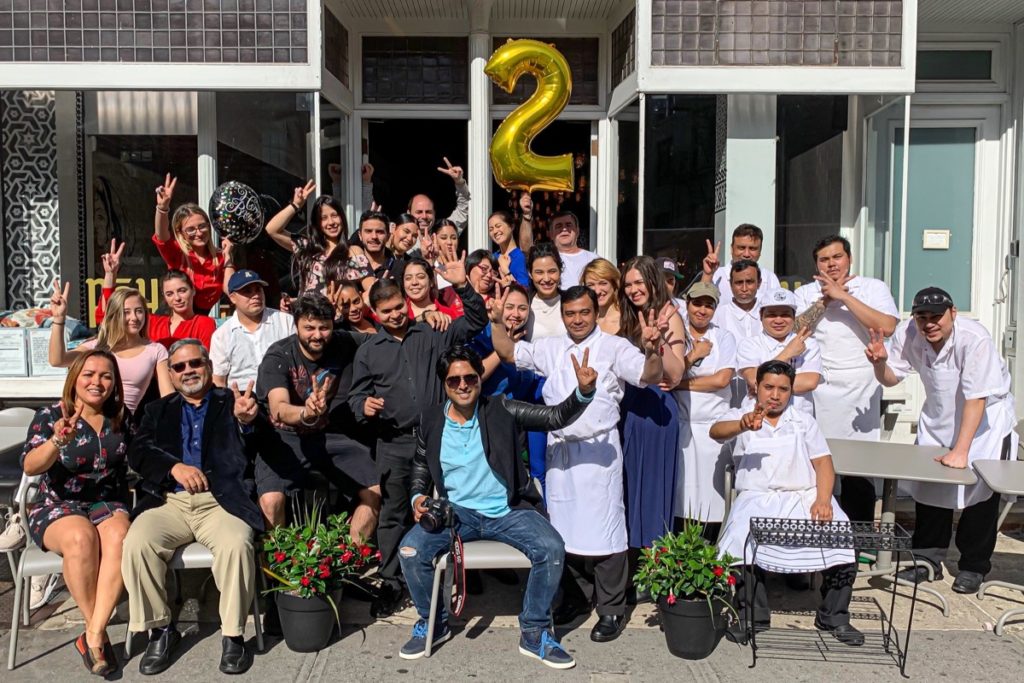
[dropcap]A[/dropcap]s coronavirus continues to ravage nations around the world, the loss is not only in human life but also in the very basics of health, food and livelihood. As the economic toll from the coronavirus outbreak continues to mount, according to a new Pew Research Center survey 43% of U.S. adults now say that they or someone in their household has lost a job or taken a cut in pay due to the outbreak while among lower-income adults the number is even higher – 52 %. The future looks bleak.
Indians in the hospitality industry have been particularly hard-hit, especially the hotel and motel industry which was earlier called the ‘potel’ industry because it provided the bread and butter for so many Indian success stories.
According to Cecil P Staton, president and CEO of Asian American Hotel Owners Association (AAHOA), “America’s hotel owners were the first to feel the economic impact of COVID-19 as meetings and events were cancelled, and they will likely be the last to recover as travel restrictions are lifted and economic recovery begins. However, we remain gravely concerned about whether many hotels can survive until we reach that point.”
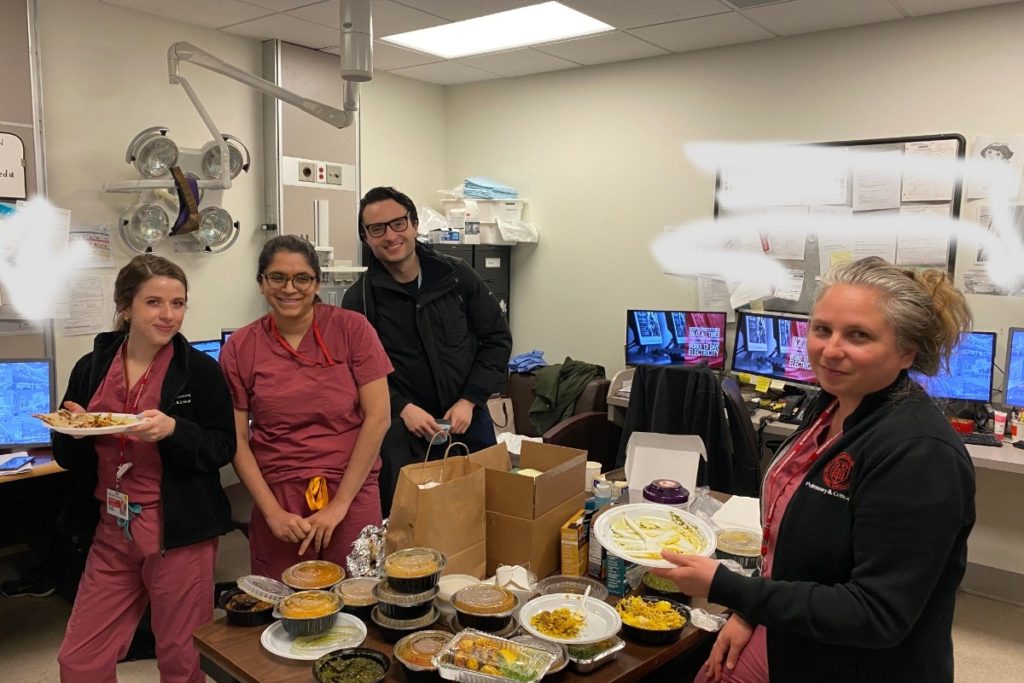
[dropcap]R[/dropcap]estaurants and bars, once the joy of city life, are shuttered and Indian restaurants have also seen a complete shut-down except for contact-less deliveries. Some of the players like Chef Chintan Pandya and owner Roni Mazumdar of Adda and Rahi, and Surbhi Sahni of Tagmo are cooking up meals and working with city agencies and NGOs to provide food to the hungry and jobless. Indeed, in an international city like New York which has thousands of restaurants – owners, chefs, kitchen staff and delivery people are all concerned for the future – the danger is that many of these restaurants may never re-open.
While Americans wait for the federal government’s stimulus package to get their lives restarted, Indian-American NGOs are trying to help alleviate the situation in both their home country and their adopted home. The situation is dire: 37 million people face food insecurity in the US and over 140 million migrant workers in India have been displaced.
A group of Indian-American entrepreneurs brought together by Indiaspora, a DC based community organization, has raised one million for food security in both India and the US in an initiative called ChaloGive for COVID-19 (www.chalogive.org) MR Rangaswami, founder of Indiaspora says that the funds are being directed to two credible organizations – Feeding America and Goonj in the United States and India, respectively.
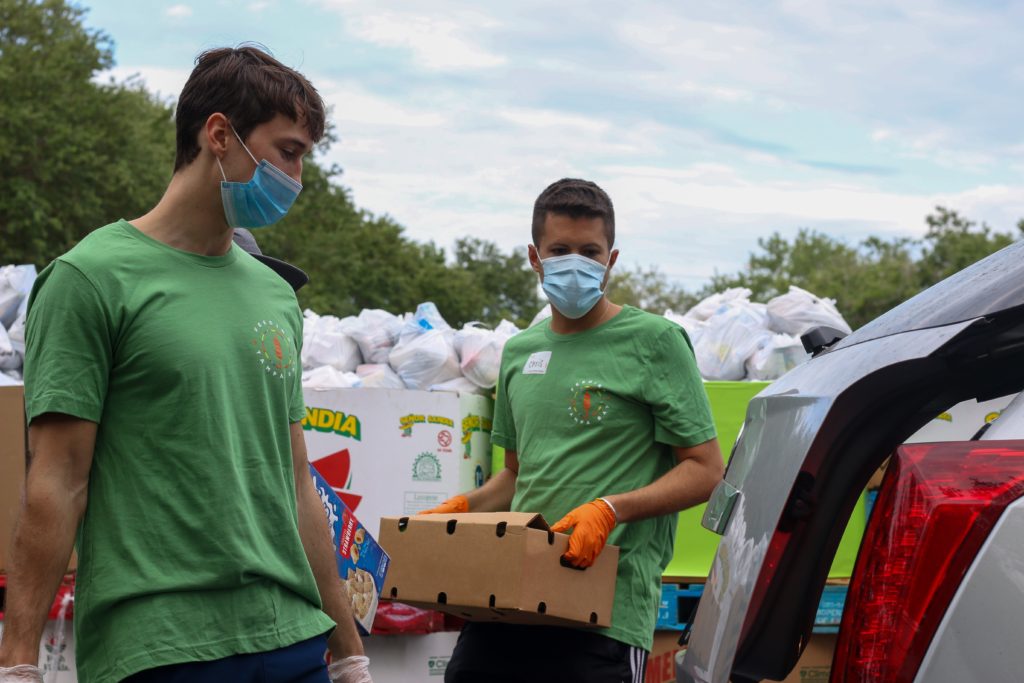
[dropcap]M[/dropcap]any NGOS including Share and Care, Children’s Hope India and SEWA are delivering meals to needy New Yorkers. Sudha Acharya, director of South Asian Council for Social Services (SACSS) has organized the first South Asian food pantry in Queens for years, and is delivering Indian meals to the elderly, the needy and undocumented.
The US economy is in a tailspin with closed businesses and empty malls. When will America re-open again?
According to The Washington Post, as negotiations begin with Congress over the next stimulus package, the White House may seek a “liability shield” to protect businesses from being sued by customers who catch the virus. Many companies have been reluctant to reopen while the virus still spreads, for fear of being held liable.
Meanwhile, people and small businesses wait for more help from the Federal Government. Indeed, the worry is that the small mom and pop stores may be forgotten as the big corporations make a grab for the available funds. AutoNation, a national chain worth billions, says it will return more than $77 million it secured from the last round of loans after public outrage that large corporations got funding while many small businesses didn’t.
[dropcap]B[/dropcap]harat Ramamurti is another Indian-American in the public eye as he serves on the New Congressional Oversight Commission, which will oversee the $2 trillion in funds to restart the economy. US Senator Chuck Schumer says, “Bharat Ramamurti is a ferocious advocate for consumers who will fight for transparency and hold bad actors accountable.”
We are still in the midst of the pandemic in America, with certain states looking to open, while others are still preparing for the apex of the curve to hit their communities. Social distancing seems to have paid off and it may have to be the lifestyle for the immediate future, with children being home schooled and people working – or at least trying – to work from home.
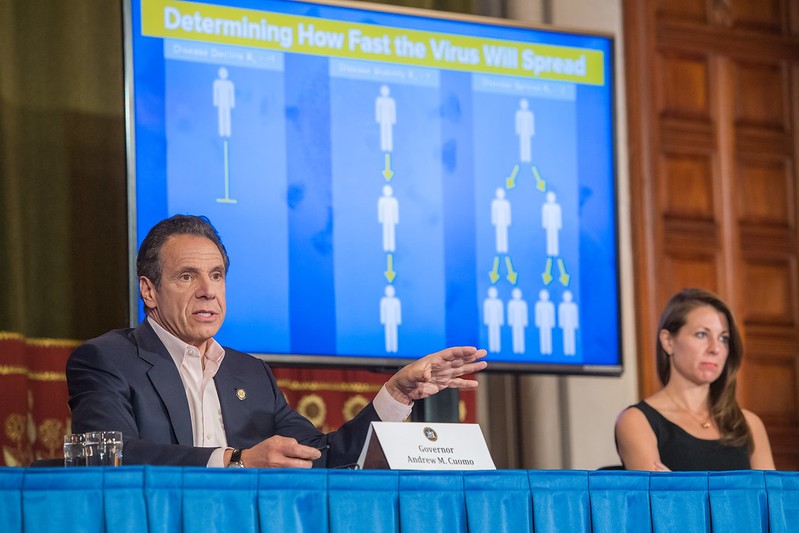
[dropcap]N[/dropcap]ew York which has seen the worst of the pandemic has proved ‘New York tough’ and has survived under the watch of Governor Andrew Cuomo. In New York City, Mayor Bill de Blasio’s administration has provided free meals not only for all students but for anyone who needs to eat – no questions asked about their status or income. Meal hubs have been created all over the city and boroughs with nutritious meals for all.
The homeless and the ones who are recovering from COVID-19 and cannot be quarantined at home have been housed in city hotels with all costs paid. Children who are from vulnerable homes and do not have access to online devices for home schooling have been provided with iPads and Wifi.
The biggest uncertainty is the mapping of the Coronavirus and who will get infected since even young people and children don’t seem immune. Until millions of tests are done, opening of the economy seems impossible and the city remains fragile.
The answer seems to be testing, tracing and treatment.
“Testing is going to be a major operation that happens from now until the situation is over,” says Andrew Cuomo, Governor of New York. “It’s new, it’s technical, it’s complex. It’s a political football. But testing does a number of things for us. Number one, it reduces the spread of the virus by finding people who are positive, tracing their contacts and isolating them. That’s a function of Testing.”
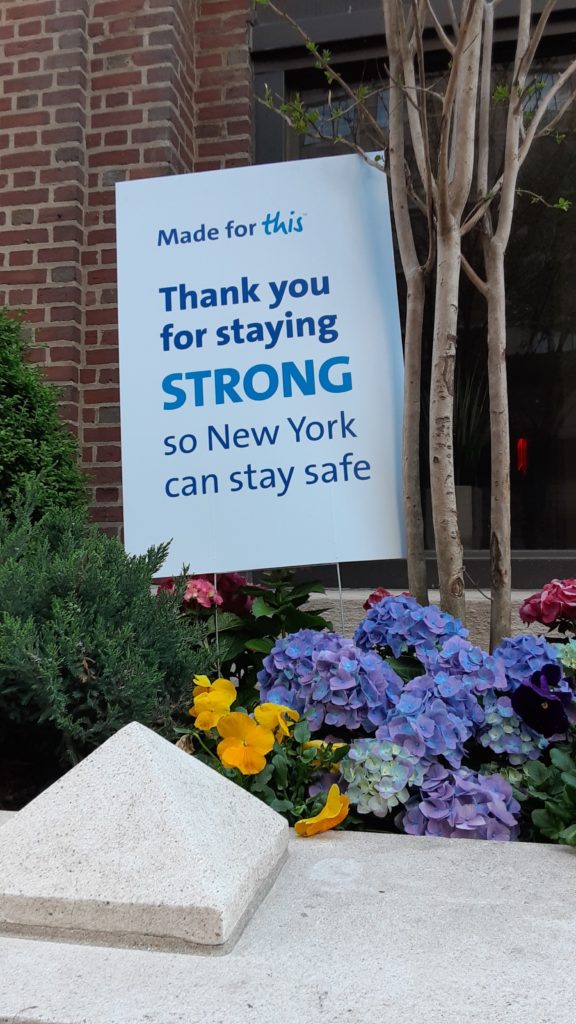
[dropcap]A[/dropcap]s Cuomo pointed out, “We still have 1300 people who walked into the hospitals yesterday, testing positive. So it’s no time to get cocky, and it’s no time to get out. We still have a long way to go and a lot of work to do. And this virus has been ahead of us every step of the way. We’ve been playing catch up, from day one in this situation.”
While most states are observing quarantine, some states like Georgia are tentatively opening, although they have not yet reached the apex of the infection. Trump has asked governors of various states to make the call, so there is no unified national policy.
New York plans to introduce re-opening in phases, dependent on more testing of the population.
Again, the fear is that the virus may return in a second wave in the fall, so no one is completely free, and as Cuomo suggested, the time is now to plan to have a better healthcare system, a better tele-community, a smarter telemedicine program, better technology and education – and importantly, more social equality for minority communities. The pandemic has shone a harsh light on the status of low income communities and minorities and Trump’s new immigration proclamation which has banned all immigration for 60 days has just added more problems for ordinary people.
“You can see that disparate effect of this disease and how it reinforced the disparity in inequity in society. How do we remedy that?” questions Cuomo. “So it’s not just reopen, it’s not just build it back. It’s advance, use this as a moment in time when they look back when they write the history books and they say, “Boy, they went through a terrible time but they actually learned from it, and they improved from it – they moved forward.”
(A version of this article appeared in The Week, one of India’s leading newsmagazines.)
